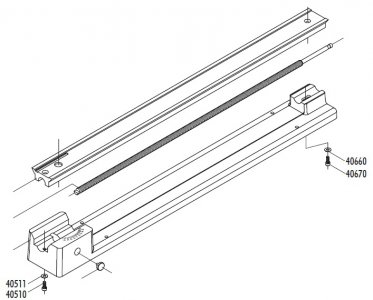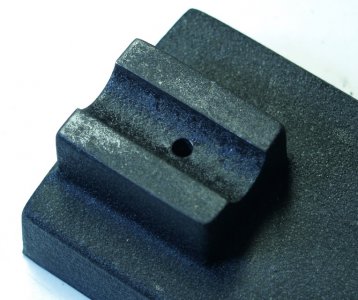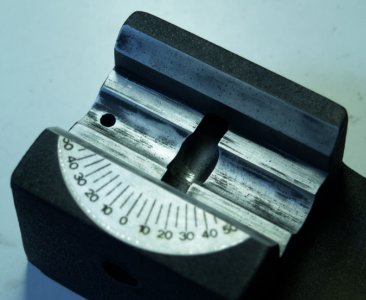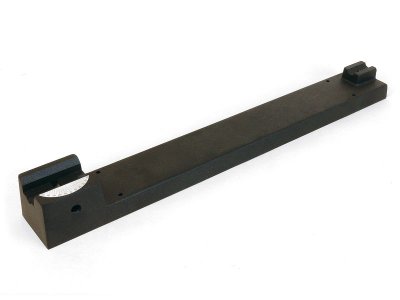- Joined
- Feb 15, 2020
- Messages
- 375
While I was working my first steam emgine build I noted that the center of work held in my lathe chuck rose away from the bed as you moved away from the headstock: https://www.hobby-machinist.com/threads/the-journey-begins-pm-research-5.83114/post-766928
I have another project to start so I decided to thoroughly investigate the problem before I start making scrap.
I discovered that the wrinkle paint they used was compressed by the two screws that hold the lathe bed onto the base. It was fairly uniform at the handwheel end, but only around the screw hole at the headstock end. Tightening the screw against the paint caused the lathe bed to flex. I could see the flexing using a square placed on the bed. At first I tried to add shims between the bed and base where the paint was compressed. No joy! I finally just removed all the paint from the contact areas under the headstock.



Hopefully this will solve the problem.
Eric
I have another project to start so I decided to thoroughly investigate the problem before I start making scrap.
I discovered that the wrinkle paint they used was compressed by the two screws that hold the lathe bed onto the base. It was fairly uniform at the handwheel end, but only around the screw hole at the headstock end. Tightening the screw against the paint caused the lathe bed to flex. I could see the flexing using a square placed on the bed. At first I tried to add shims between the bed and base where the paint was compressed. No joy! I finally just removed all the paint from the contact areas under the headstock.



Hopefully this will solve the problem.
Eric


